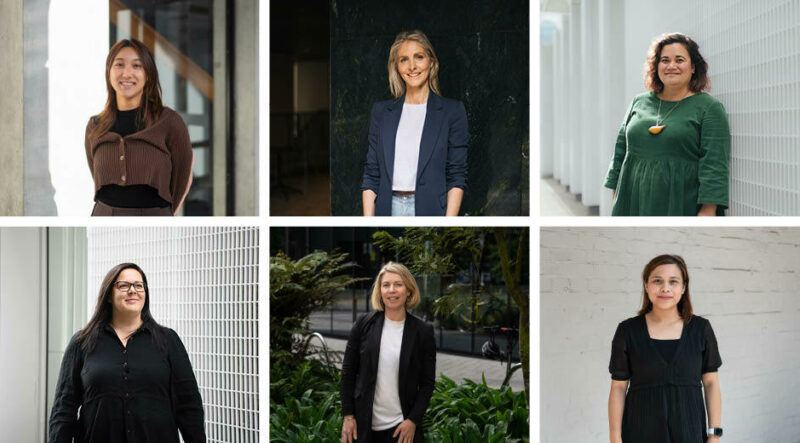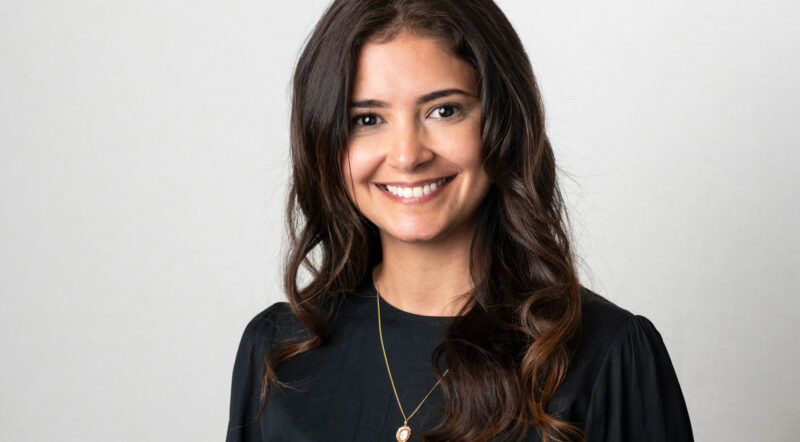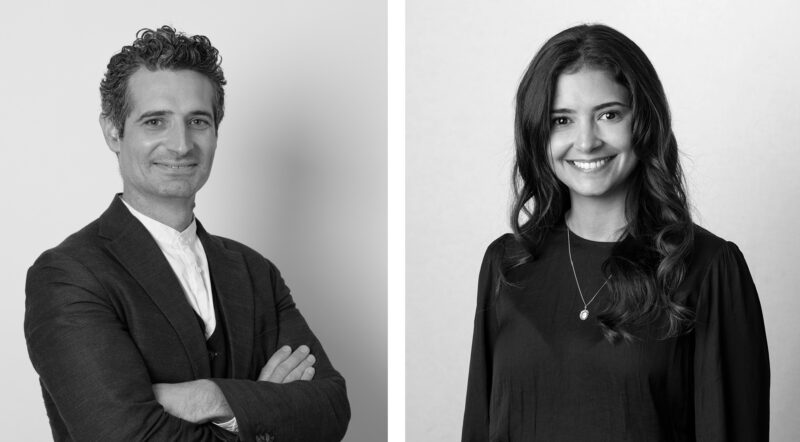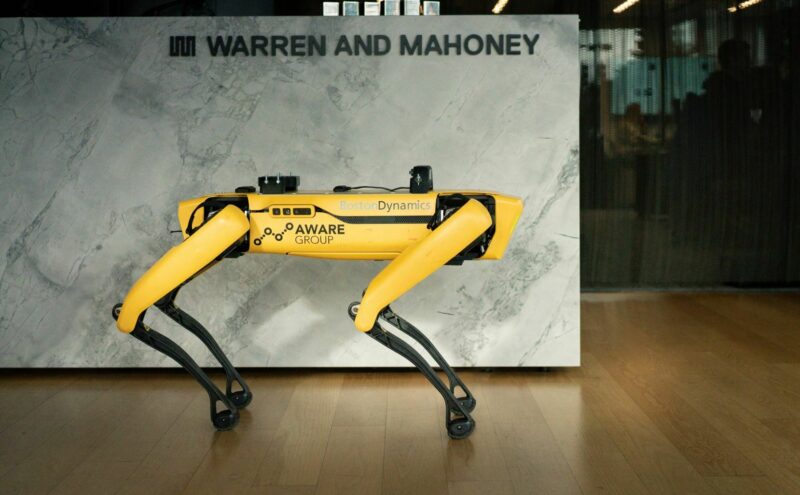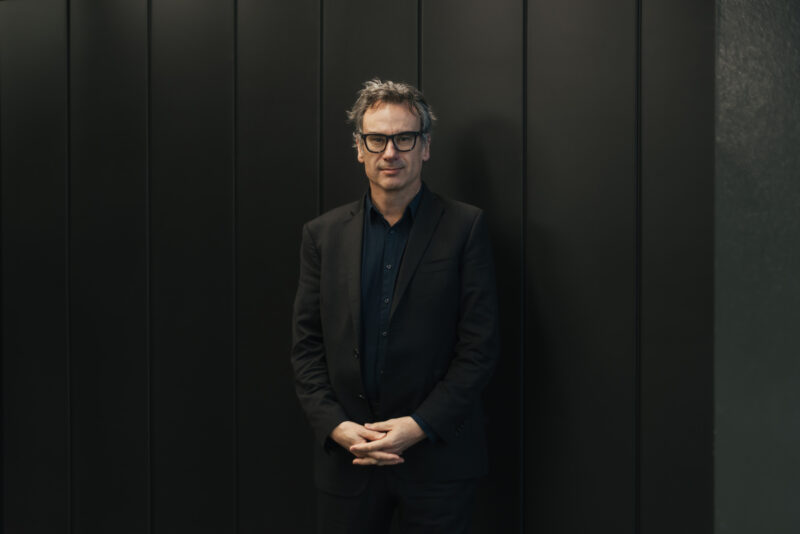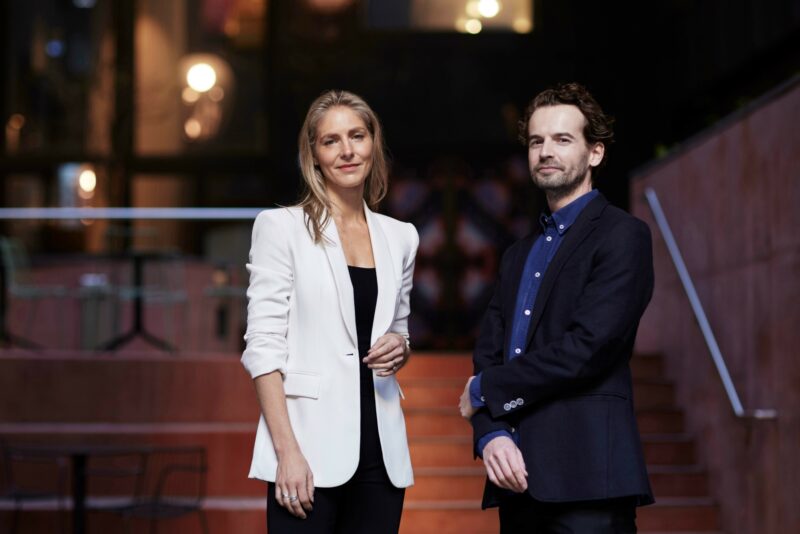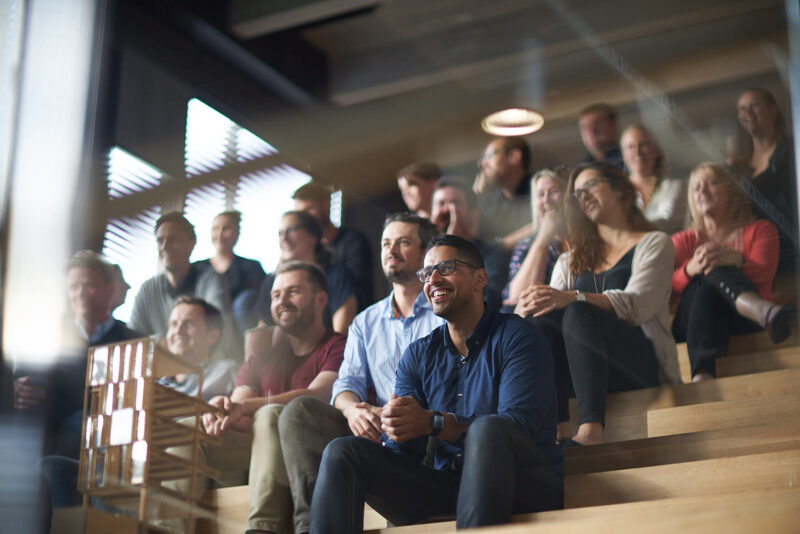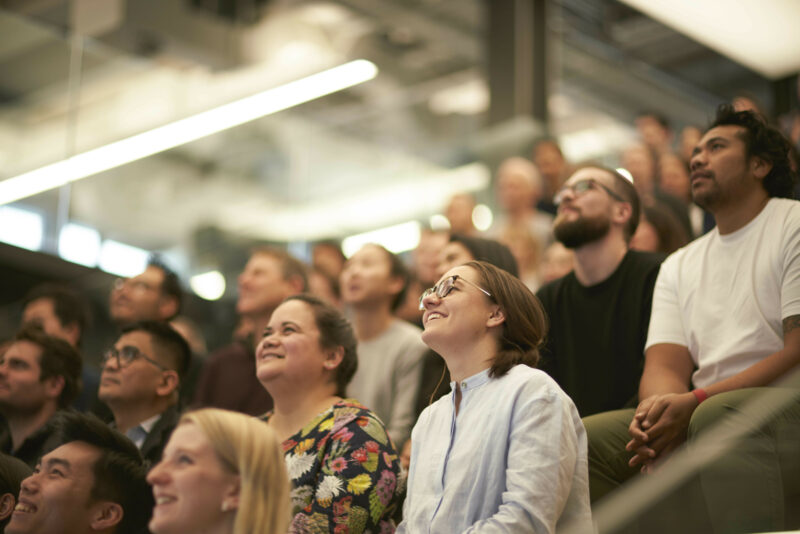As we head into a new year, we sit down with our newest Studio Principal, Hayley Fisher, to discuss her latest role, diversity in architecture and the opportunities that lie ahead in 2022.
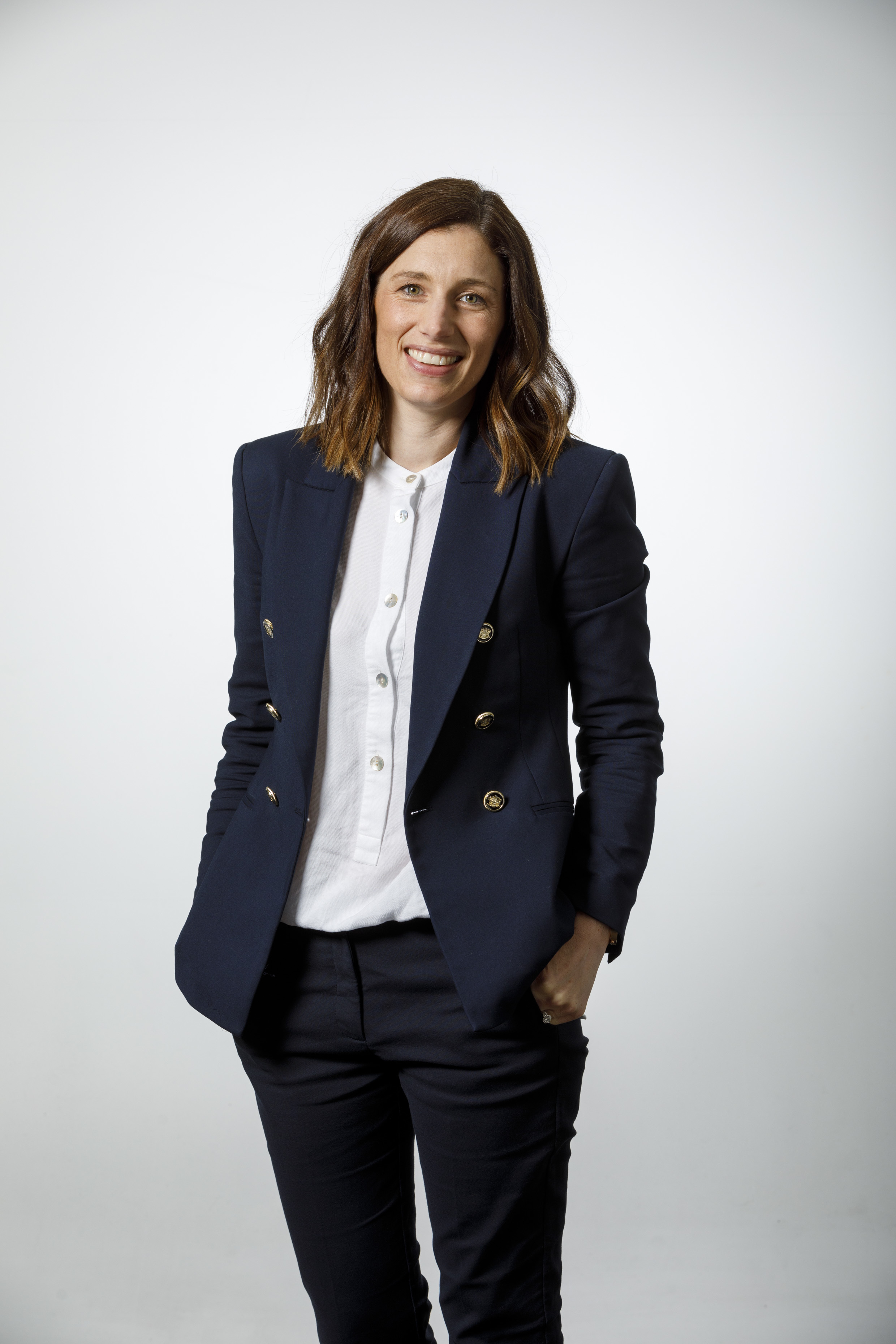
Tell us about yourself, your role at W+M as studio principal, and your key focuses for the future.
My family has lived in the Christchurch and Banks Peninsula region for generations. It’s a region that holds very special meaning to me. Now, my husband and I live in Diamond Harbour with our two children. It’s a unique and special part of the world that I am again lucky enough to call home.
Having moved away, I returned in 2012 to support the city’s rebuild following the devastating earthquakes. For many Cantabrians, this was an incredibly intense and distressing time. I felt a strong sense of loss and a desire to support the re-build of my home city. Over the past 10 years, I’ve felt privileged to have played a role in supporting our city’s rebuild, have a family, and contribute to the new chapter - the new pathway for Otautahi Christchurch.
Through this work, continuing the legacy of our original innovators, Sir Miles Warren and Maurice Mahoney, is one of my greatest focuses. They were instrumental in the development of new and modern ways of designing and constructing buildings and their ideals and influence is enduring.
For me personally, I see the importance of bringing my true self to work. It is so important, as a mother of two young children to be real about the challenges, not only to myself but to those I work with. The much-overused term of being authentic, really is something I think about consistently in my role. Being real, and sharing with others, and particularly other parents, that we are all constantly juggling and balancing – and that is ok. My hope is that people lean into their differences, bring their true selves to work and realise their own potential.
I’m also a big advocate for women in the industry. A lot of my focus is to raise the voices and profiles of our female talent who are driving forward architectural solutions across culture, sustainability and technology. Embracing diversity in all its forms leads to better project outcomes, and there is always more work to be done here.
As an architect, what do you think are the greatest opportunities for impact in 2022?
Covid has provided the opportunity for us as a society to think about how we work, live, learn, and play and how we utilise and advance the technology available to us. And subsequently, with much conjecture around the idea of the ‘great resignation’, all organisations must now more than ever, understand the needs of their people and foster a culture of inclusion for the collective.
Spaces for people to connect that reflect their own values are so important. Building belonging within organisations will be an absolute imperative to attract and retain the best people – and great design has a huge role to play here.
In addition, the ability for designers to measure and quantify the full environmental impacts of our buildings will be critical as we all move towards a low carbon economy. We are increasingly using data and sophisticated BIM tools as part of our design process to enable low carbon design and materials selections, and this will become central to decision making at every stage of a project.
Finally, with Covid-19 we have become more acutely aware of our reliance as an industry on international materials and labour supply. A real opportunity we have in Australasia is to embrace the use of renewable construction materials such as timber. The re-establishment of timber mills and continued investment in existing and emerging technology that allows timber to be used in ways that reduce the need for steel and concrete, will have a significant impact on our climate commitments and the resilience of our economy. This is hugely exciting, but as an industry, we must take a position of leadership, and have the strength to challenge and demand more of ourselves and our obligations as a collective.
Where do you see architecture as a discipline heading in the next 10-15 years?
The practice of architecture has always been uniquely positioned to be part of solutions – and that fundamental aspect will never change.
Many of the buildings we are designing today may not be realised for a decade or more, so we are having to think now about what communities will expect from their built environment in the future.
Increasingly though, there will be more focus on culture and diversity. And rightly so. These aspects will have a profound influence on how we think about design and how we meaningfully engage with iwi, mana whenua, first peoples and our indigenous communities. Architects will be called upon to create spaces that respond to social responsibility. There will be a growing expectation to listen and work within design constructs that differ from our own cultural processes. It’s something that will be pivotal to us creating more meaningful and authentic design outcomes.
How do we bring more gender diversity into our projects and the sector?
For many years there were constant laments about the lack of women leaders in the architecture profession. During this time, we should have instead been asking ourselves, ‘How can we provide environments which allow people of all genders and cultures in the space to thrive?’
While we are making progress now to close the leadership gaps, there is more to be done.
We need leadership that can meet the needs and cultures of a new generation. We also need to understand that diversity is an opportunity and a strength. I believe that we can have more meaningful engagements and relationships with our clients and partners when we represent the diverse communities that we serve.
So, every day we owe it to our clients, our cities, and our profession to foster diversity of thought, design, and leadership - as our projects will be better for it.
Christchurch has undergone a transformation like no other city. What opportunities lie ahead, and how should the city evolve from here?
Once a deeply colonial city, the Christchurch City rebuild has been an opportunity to recalibrate and to think about how we collectively create buildings that respect and meaningfully engage with mana whenua. Our focus for Christchurch is to design buildings that are of their place, of their time, and that speak to us as a society. We are acutely aware that, as architects, we are custodians of our built environment – we need to protect heritage as well as create new spaces that are fit for use in decades to come. The rebuild has brought this into sharp focus.
We are at an interesting moment in the city’s transformation. Christchurch has the infrastructure, the agility, and the privilege of a large mass of land to become a base for digital and green innovation. The city has a bright future and is full of opportunity – and having a front row seat to watch it evolve is an exciting place to be.
